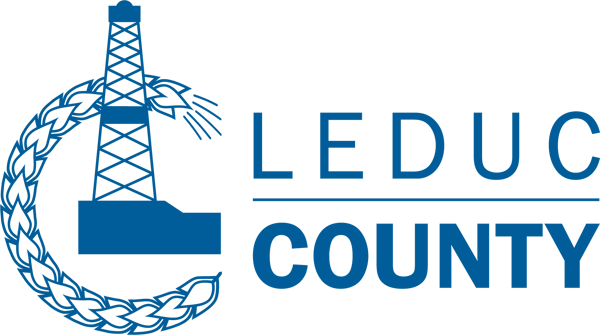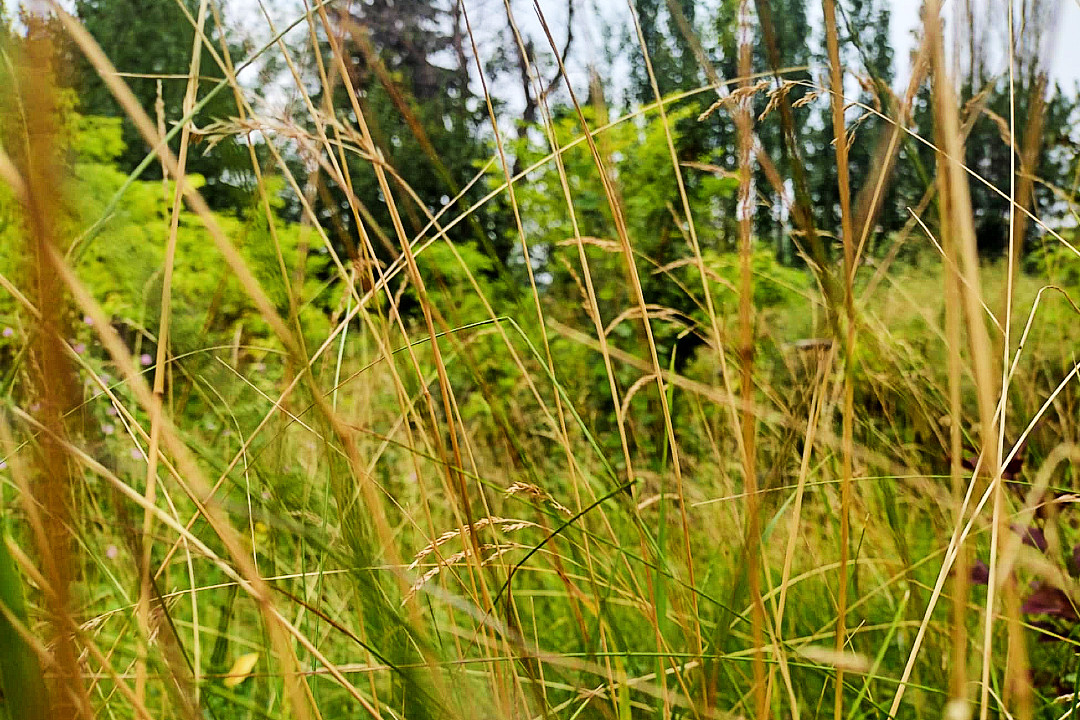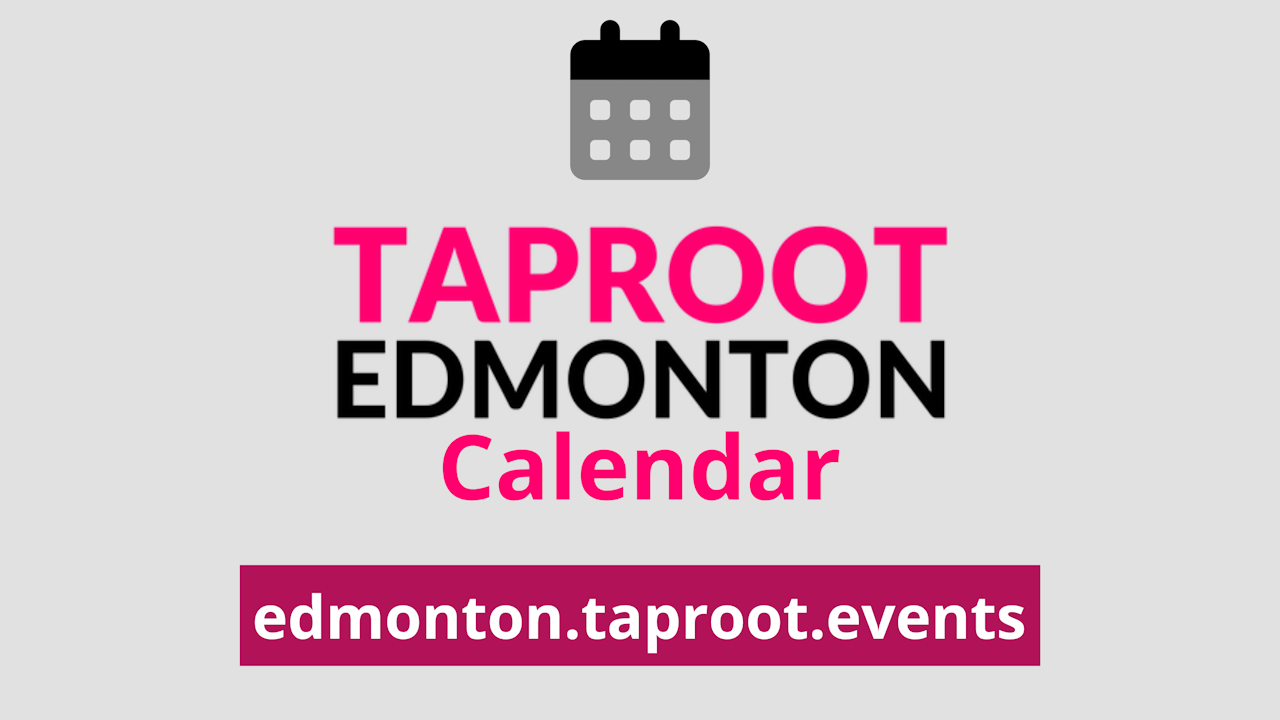
Wildfire hackathon targets misinformation as Jasper fire underlines need
By
 Ben Roth
Ben Roth
The University of Alberta hosted a recent wildfire hackathon at roughly the same time as a wildfire burned structures in Jasper and 25,000 residents and park guests were forced to flee.
Fittingly, given what happened as the fire bore down on Jasper, the winnner of the July 27 wildfire hackathon uses tech to combat misinformation during just such a crisis.
"We were looking at some relevant societal challenges that we're aware of, and to bring our expertise, and have impact in society," David Chang, the director of innovation and partnerships for the office of the Vice-President of Innovation at the U of A, told Taproot shortly before the hackathon.
Savannah Lane, a startup specialist at the U of A in the office of the Vice-President of Innovation, told Taproot after the Jasper wildfire that the hackathon was prescient. "Little did we realize how relevant this initiative would become, and we are proud of the work of our participants in developing new potential solutions for this crucial issue," Lane said.
Hackathon winners Eric Gamboa, Sarah Muir, Mohamed Sabek, and Roy Li — graduates of the U of A's engineering and computing science programs — created what they called the disaster information verification system. Essentially a chatbot, the system uses Amazon Web Services tools to combat misinformation by quickly answering user questions via official information from the Government of Alberta and major news outlets. With accurate information, people evacuating or checking up on family members near a crisis will be less influenced by hearsay or incorrect information.
The recent wildfire in Jasper illustrated multiple challenges misinformation can create, including miscommunication of when the fire would reach the town. This is the situation the winning team's system at the hackathon is meant to address.
There have been many innovative technologies for tracking and predicting wildfires developed recently, including by Nu Terra Labs, which participated in the hackathon. Their Firesafe AI services use a combination of mobile cameras, drones, and machine learning to evaluate risk and warn users about wildfires in advance.
Chang said the hackathon, nonetheless, saw a missing piece that technology could address. "People trying to solve the wildfire prediction problem, but specifically on the communication and evacuation management side, felt that there was a little bit of a gap. When we spoke with (the Alberta Emergency Management Agency), they were quite keen on and interested in what the solutions would be."
The agency also helped the team set up the challenge for participants.






